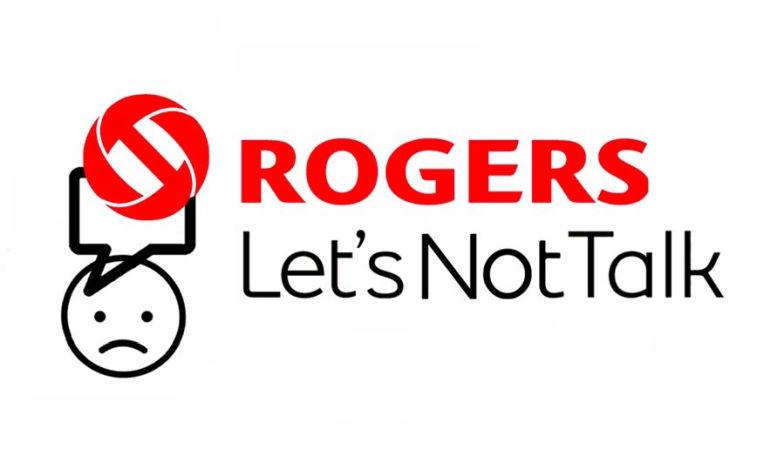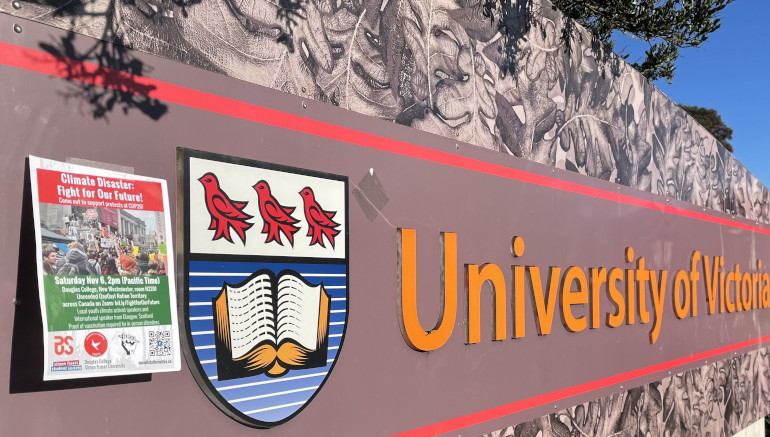On Friday, July 8, millions of Canadians woke up to find they couldn’t make phone calls, send texts or access the internet. Comments were going round social media, once the lines were reconnected, that it shouldn’t be such a bad thing if phone and social media were out for a day — maybe people would talk to each other for a change. It’s true that for most people it was more of an inconvenience than a disaster except that overlooks the fact that some people couldn’t make 911 calls* and others couldn’t call in to say they wouldn’t make their medical appointments. Government services and payment systems were also disrupted, and many people couldn’t buy groceries. But the jokes were out there. One tweet went “Rogers remains on hold, waiting to speak to their own tech support. So far, they’ve been reassured that despite unusually high call volumes, their call is important and will be answered in priority sequence.”
Rogers’ reputation
A 2017 poll found that the telecom industry in Canada, dominated by Rogers, Bell, Telus and Shaw, is the sector with the worst reputation in the country, more disliked than even bankers or oil barons. The average cost of 1GB of mobile data in Canada is $12.55, nearly 5 times as much as the Western European average of $3.13. Along with high charges, telecoms regularly overbill, and make customers suffer long waits on the phone with mind-numbing muzak or forced to listen to their marketing lies. And it’s not as if this was the first national outage from Rogers. Just over a year ago more or less the same thing happened. Initially, in this latest outage, Rogers talked about crediting customers for just two days of lost service — working out to $4 to $6 per cellular and internet service. This didn’t go down too well and the company upped the credit to 5 days of service.
In 2021, Canadians were entertained by the family feud as different wings of the Rogers family fought for control of the company with boardroom sackings, bitter media briefings and counterclaims, and court cases flying. It could have been a TV drama show. Also in 2021, Rogers announced its $26 billion plan to take over Shaw, the fourth largest telecom provider in Canada. Maybe Rogers should focus on quality service rather than family feuds and corporate wheeling and dealing.
“Solutions”
Even in the best of worlds, there can be technical breakdowns that interrupt service. But capitalist ownership makes these interruptions more likely. In the quest for profits all businesses look for short cuts and avoid expensive investments that might safeguard their systems. Responses to the Rogers outage took various forms.
An immediate response came from Interac, the Canadian online payment service, which said it was adding another network provider to its system, “We are adding a supplier (besides Rogers) to strengthen our existing network redundancy so Canadians can continue to rely on Interac daily.” The notion of redundancy or having an emergency backup system in place is admirable but is it the logical answer to potential outages? How many different backups for each telecom would be required?
Then there was the approach of the “free market” crowd: calling for the breakup of Big Telecom (the oligopoly of Bell, Rogers and Telus) to encourage more competition. More businesses competing against the big three might lead to a cheaper internet (no guarantee) but it’s not going to make it more reliable — it would only create a mishmash of companies that divide up the market like street gangs controlling their turf. Even under capitalism, monopoly/oligopoly is sometimes the better option —there is a reason why we don’t hear many calls for Canada Post to be denationalized and face competition.
Then came the “mainstream” solution — increased political and regulatory control by government. Shortly after the outage, Canadian Industry Minister, François-Philippe Champagne, met in person with the Rogers’ CEO and with the CEOs of the other big telecoms so that they could “assist each other in emergencies and develop communication protocols to keep people better informed.” The NDP, to its credit, released a statement stating that “Minister Champagne meeting with Rogers as a top priority shows that the Liberals are fixated on protecting the profits of telecom giants instead of helping Canadians.”
Champagne has asked the big three to establish a formal agreement to mitigate the damage of future outages. He said that he’s given the group 60 days to consider emergency roaming, mutual assistance during outages, and building a communication protocol to better inform the public and authorities of any emergencies. This is considered as a “first step” to tackle the resiliency and reliability of the sector. Note that the mitigation plan doesn’t address the issue of the telecoms’ sky-high internet prices or the lack of broadband access in rural areas.
Nationalization
When it comes to issues of reliability, pricing and accessibility, the obvious solution, hardly mentioned in the media, is public ownership. In 2016, the Canadian Radio-television and Telecommunications Commission (CRTC) declared the internet a basic service that everyone should have access to, in the same class as the public utilities of water and power. Socialist Alternative wrote two years ago: “Canada’s unique geographic concerns make internet nationalization a perfect project for Canadians to rally behind. With such a gigantic country, and so many difficult to reach towns, especially in Northern Canada, the private sector has shown no interest in undertaking the infrastructure investments necessary to cater to 100% of Canadians. Canada’s urban-rural digital divide is staggering, and an internet provider liberated from the tyranny of free market profit would quickly close this gap. The answer to these concerns, rather than brushing aside the Canadians living in these areas, is to create a logical, national public service.”
Saskatchewan shows the way
And we have a made-in-Canada model that we can follow. It’s in Saskatchewan. In our article of November 2021 we quoted from the left wing magazine, The Breach: “The Big Three mobile providers (Rogers, Bell, and Telus) claim that high prices for mobile phone services are an inevitable consequence of Canada’s immense geography and sparse population, rather than due to a lack of competition. The notion is spectacularly disproven by Saskatchewan, the province with the lowest population density — and the lowest rates for cellphone services. The province’s mobile phone users get lower prices and more data for their mobile phones than in other provinces because of the better service provided by SaskTel, the last provincially owned telecom company left standing in Canada after decades of privatization.
“Wireless plans in Saskatchewan are up to $70 cheaper than their equivalents in Ontario, Alberta and British Columbia, thanks to SaskTel. Competition from SaskTel has forced the Big Three to lower rates for their Saskatchewan customers, by 40 percent for some plans relative to other provinces. Prices are so low, in fact, that there is a thriving black market of Ontarians clandestinely obtaining Prairie mobile phone plans. Even industry consultants hostile to the notion of a publicly-owned provider admit that the best wireless rates in the country are thanks to SaskTel. SaskTel has enjoyed tremendous commercial success, taking 67 percent share of the wireless market and regularly returning tens of millions of dollars in dividends to the provincial treasury.
“SaskTel has invested heavily in rural infrastructure. While Bell, Rogers and Telus have limited their infrastructure spending to Regina and Saskatoon, SaskTel has built cell towers throughout the province. The crown corporation also boasts the lowest number of complaints per subscriber among wireless carriers and has won top marks for customer service. All this, while paying its CEO and board of directors one-tenth of what MTS (Manitoba’s privatized telco which is of similar size and was sold off in 1996) pays its corporate leadership. Taking SaskTel national, as UNIFOR’s David Coles proposed in 2014, could be an interesting way of challenging the hold of the Big Three over wireless.”
The experience of Manitoba Telecom Services (MTS), privatized in 1996 by a Conservative government, demonstrates the failings of profit-based companies. The public service was sold off on the cheap and the new owners proceeded to attack workers by cutting jobs and converting full-time positions to part-time. The quality of services to customers dropped and prices remained the same or increased. Before privatization any profits went back to the people of Manitoba to support public programs and services. Now, MTS is mostly owned by Bell so the profits flow into rich shareholders’ pockets.
Take on the oligopoly
Together, the big three telecom companies made $5.4 billion profits in 2020, so they aren’t short of money to improve services and lower prices. But they are interested in making money, not lowering charges and providing better services. As Socialist Alternative stated in 2021, “The private telecom oligopoly is a parasitic institution that takes public funds while making huge profits for a privileged minority, all while refusing to build needed services. The only rational solution is expropriation and public ownership. Publicly owned telecom is the only way that we can achieve an equitable distribution of quality services at affordable prices; it would remove the inefficiencies of private competition and the need to enrich the minority of owners and investors on the consumer’s dime.” It should also cut down on the frequency of outages.
* It turns out that 911 calls could have been made by the “simple” method of getting the end of a paper clip to pop out the SIM card, which would bypass the Rogers network and the let the phone search for a signal from another provider. How many people would have known this?



